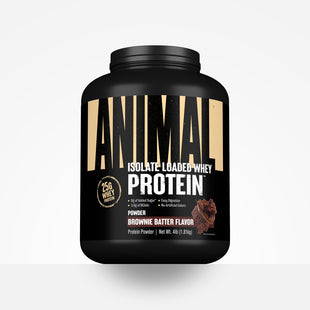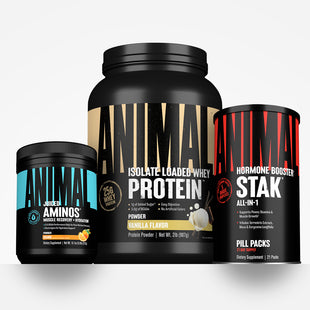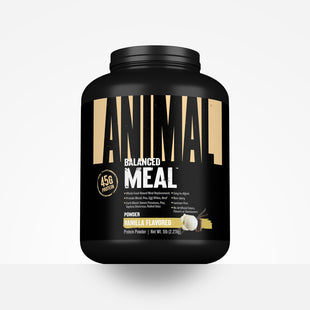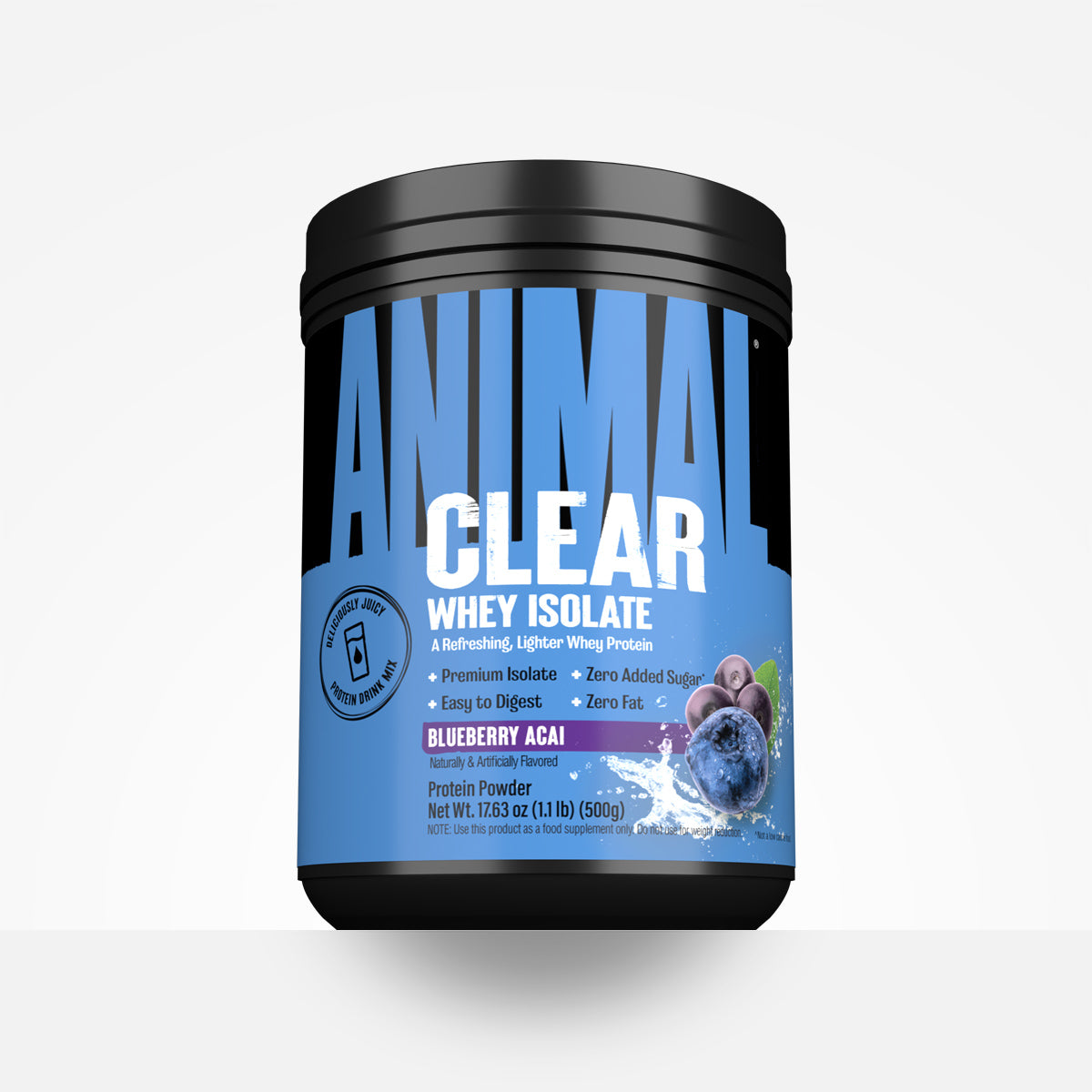To design a great ham and glute plan, it is important to understand the anatomy and biomechanics of these muscle groups. The hamstrings consist of the semitendinosus, semimembranosus, and bicep femoris. All three function in hip extension and knee flexion. The semimembranosus and semitendinosus will internally rotate the lower leg when the knee is flexed and the bicep femoris will externally rotate the lower leg when the knee is flexed. It is possible to put emphasis on different parts of the hamstring via internally or externally rotating the lower leg. The bicep femoris is a weak hip extensor when the hips are flexed and is emphasized more in lying leg curls when the hips are extended. The semimembranosus and semitendinosus are more active during a seated leg curl. Both leg curl types should be rotated in your program. It is good to know that the bicep femoris is the main hamstring muscle you see hanging in the side chest pose.
For glutes, we have the Glute Medius and Maximus. The Glute Maximus is a powerful hip extensor and can also perform external rotation of the Femur. The Glute Medius primarily performs hips abduction. A good routine should be composed of all these movement patterns.
Now that we know how the muscles work, we want movements that load them in a variety of planes and create tension when the muscle is fully shortened and lengthened. I recommend that you pick movement with which you can actually connect. Don’t just deadlift because you were told deadlifts are the right exercise to do. Be a critical thinker. If you can’t feel a muscle working on a movement, then find a better movement suited for you.
I can connect very well with the following exercises. I have been rotating through two ham and glute workouts—this one and another one that focuses on glute bridges and banded deadlifts. I really want to focus on improving my wide stance squat and Barbell RDL. These work the entire musculature very well and will lay down some serious meat on the hams and glutes.
John’s Ham and Glute Workout
*All sets are taken to or 1 rep shy of muscular failure unless otherwise noted*Warm up sets are not listed, take at least 2-3 warm up sets prior to the working sets
*Three second eccentric phase on all lifts, controlled explosive concentric phase
*90 second rest between all sets unless otherwise noted
Wide Stance Smith Machine Squat
Set 1 @ 8-10 reps; Set 2 @ 12-15 reps.Set up your feet out in front of you so you have to really push the hips back to counter the weight. Keep the toes and knees pointed out at 45 degrees. This set up will target more ham and glute. This move will create peak tension in the glute when it’s fully lengthened.
Paused Barbell Romanian Deadlift
Set 1 @ 8-10 reps; Set 2 @ 12-15 reps.Keep feet shoulder width and pointing straight ahead. Initiate the move by pushing back the hips and rotating them forward. Keep a slight bend at the knee. Bring the bar down until your hams are at full length and you maintain a neutral spine. Perform a one second isometric hold prior to moving into the concentric phase. This strict form will keep your ego in check and tension on the hams. This movement will also create peak tension when the hams are fully lengthened.
Super Set: Reverse Hyper Machine with Lying Leg Curl
3 rounds, 15-20 reps on all sets, no rest between exercises, 120 second rest between rounds.We will now move into some isolation moves since we nailed the heavy loading on our first two lifts. These moves will create a lot of tension in the hams and glutes when the muscles are fully shortened.
On the reverse hyper, only extend the hip until the glute is fully contracted. DO NOT hyperextend the back and keep the toes slightly externally rotated to achieve greater glute contraction.
On the lying leg curl, keep the hips pushed hard into the pad and only flex the knee to lift the weight.
Wide Stance Leg Press
2 sets @ 30 reps pyramid up to these two top sets. Not going for all out failure, but near it.Moving into a wide stance leg press is a great move to finish the hams with high reps to really create a lot of metabolic stress and pump.
Keep the feet turned out at 45 degrees. Bring the knees as close to the chest as possible without allowing any hip rotation. Only press the weight up ¾ of the way up.
This work out might not look like much on paper, but push the intensity and it will destroy you. I also like to add on calves and/or abs on this day, depending how sore they were from previous sessions. Give this workout a go and be ready to bring some striated glutes and hanging hams to the stage.






















